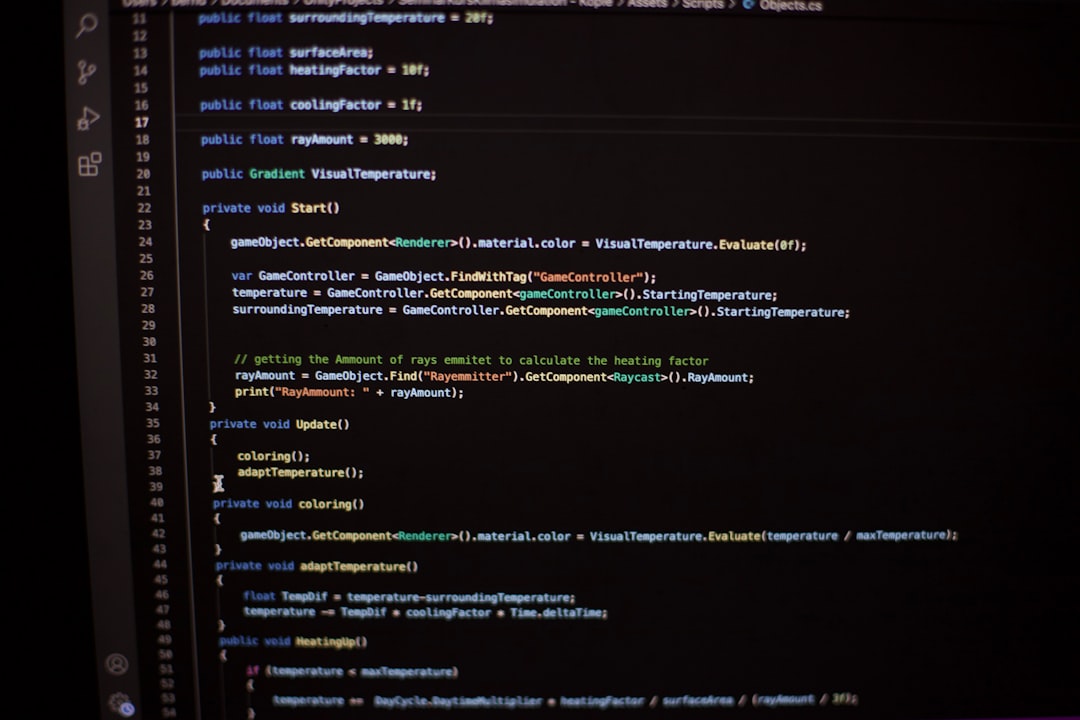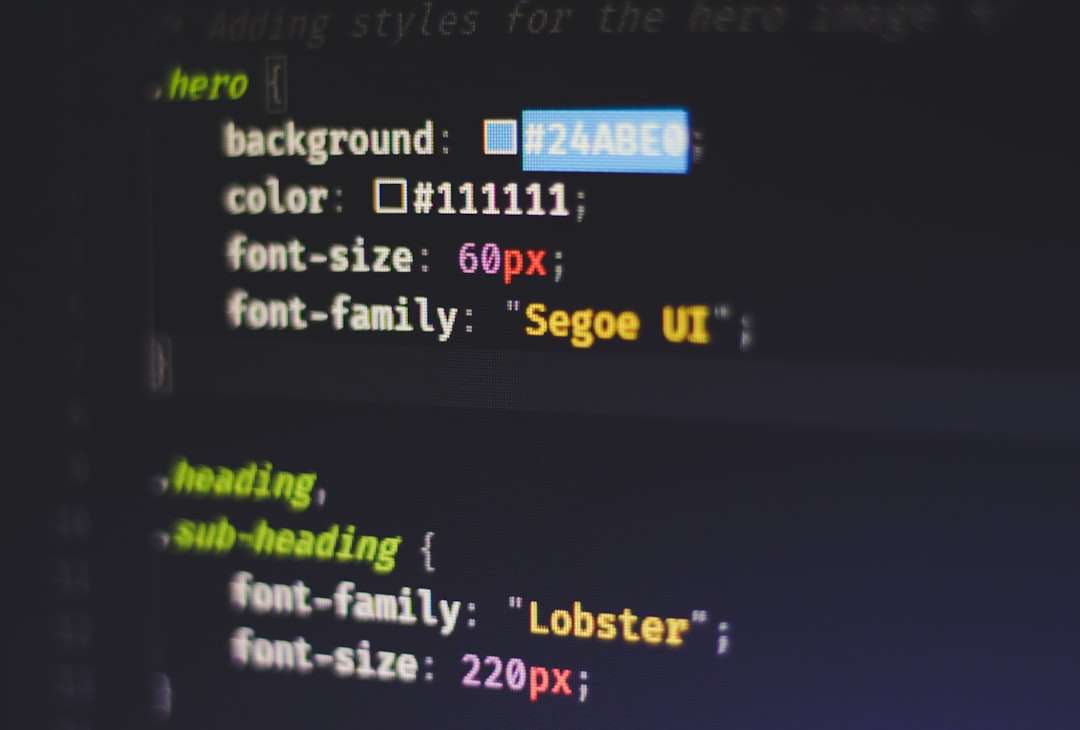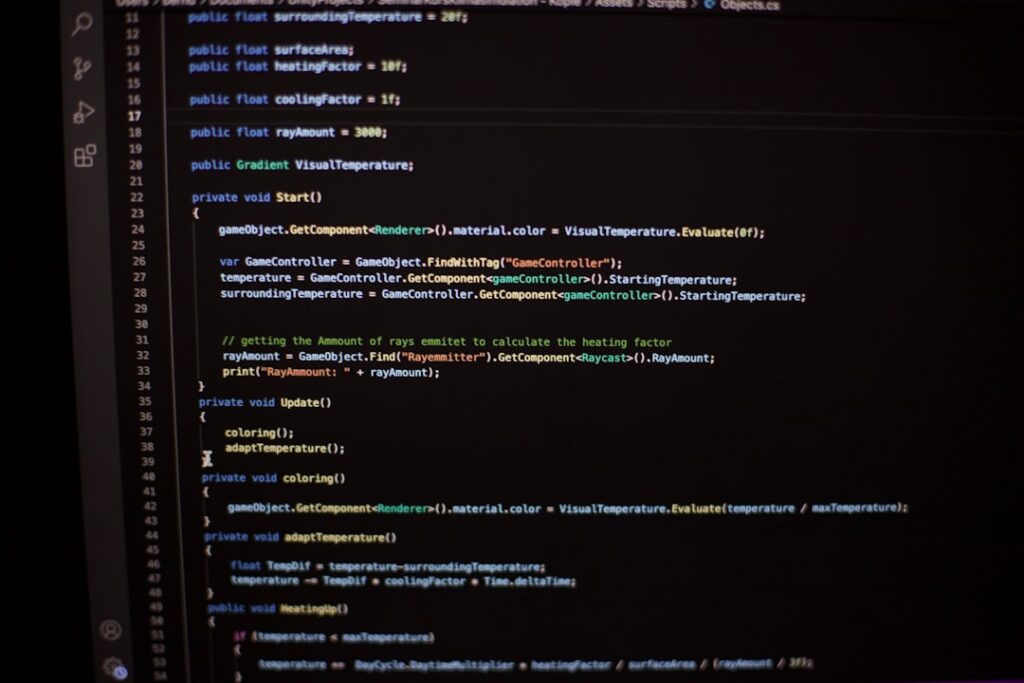The Day My Code Almost Crashed Thanksgiving
Remember that moment when your app crashes spectacularly? I sure do. One November afternoon, I deployed what I thought was harmless payment gateway tweak—only to realize too late that every transaction triggered $0 charges for users’ grandmothers. Picture frantic calls from confused seniors while turkey cooled on tables nationwide. Mortifying? Absolutely. But it taught me more about how to fix bugs inside code than any textbook ever could.

Here’s what’s fascinating: Bugs aren’t failures—they’re invitations to deepen your craft. After a decade wrestling with gremlins in production systems, I’ve learned debugging is equal parts science and intuition. And today? I’m sharing every tactic in my playbook.
The Debugging Mindset: Stop Fighting Fires, Start Investigating
Ever notice how panic amplifies bugs? That knot in your stomach when tests fail isn’t just stress—it’s cortisol hijacking your logic centers. First lesson: Breathe. Bugs are puzzles, not personal attacks.
What I do when panic hits:
- Coffee first, keyboard second: Stepping away for 10 minutes prevents “rage-debugging”—those frantic code changes that create new bugs
- Assume ignorance before malice: Your framework isn’t conspiring against you (probably). Start by questioning assumptions
The Rubber Duck Rescue
Seriously—keep a rubber duck on your desk. When stuck, explain the problem aloud step-by-step. Why? Verbalizing forces clarity. Last month I caught an API timing flaw mid-sentence because saying “Then we fetch user data…” made me realize we never waited for the response.
Tracing Shadows: How To Corner Elusive Bugs
Bugs love dark corners—the places where “this should never happen” meets real-world chaos. Your flashlight? Strategic logging.

The Art of Reproduction
Can’t fix what you can’t see. When users report “sometimes login fails,” resist dismissing it as “works on my machine.” Instead:
- Isolate variables: Does it fail on mobile? With slow connections? After tacos?
- Recreate their environment: Docker containers save lives here—spin up their OS/browser combo fast
- Breakpoint ambush: Freeze execution exactly where things go sideways using debuggers or console.log traps
A client once had sporadic cart abandonment—turned out their loyalty discount plugin failed only when users had exactly seven items in cart during lunar eclipses. True story.
Surgical Strikes: Tools That Cut Debug Time By 80%
Let’s get practical about how to fix bugs inside code without losing weekends:
The Stack Trace Treasure Map
Error logs aren’t just red text—they’re crime scene evidence. Train yourself to read them backwards:
- The last line is usually the trigger;
- The first line is often root cause;
- Middle lines show collateral damage.
Saw NullPointerException at checkoutService.calculateTax()? Don’t start there! Scan upwards—maybe getUser() returned null because session cookies expired prematurely.
Temporal Forensics With Git Bisect
A game-changer for regressions! Suspect yesterday’s deploy broke search? Run:
$ git bisect start $ git bisect bad HEAD $ git bisect good v1.23 # Now test each commit until you find the culprit!It pinpoints exact commits like carbon dating for bugs—found memory leak in our analytics pipeline this way while colleagues manually checked commits for two days.

The Repair Phase: Fixing Without Breaking Everything Else
Avoiding “whack-a-mole” fixes requires discipline:
- Symptom vs Disease Treatment: If forms submit empty values sometimes, patching validation is tempting… but maybe the real issue is JavaScript disabling fields prematurely?
- The Red-Green-Refactor Tango:– Write test replicating failure
– Make it pass minimally
– Then optimize safely
“Good fixes answer ‘How did this break?’ Great fixes answer ‘Why did we not catch this?'”
The Untouchable Code Paradox
Terrified of changing legacy spaghetti code? Try this surgical approach:
- “Strangle” problematic sections by routing calls through new modules
b) Validate outputs match before sunsetting old logic
c) Replace incrementally like ship planks while sailing
/ol>.It transformed our nightmare COBOL-FORTRAN hybrid into maintainable Java over six months—without downtime.
## Bug Vaccines: Writing Future-Proof Code
Prevention beats cures every time:
Tactic Effectiveness Guard Clauses Prevents nested if-hell Immutable Data No unexpected mutations Feature Flags Kill switches for bad deploys /table>. But my secret weapon? Teaching juniors. Explaining why `===` beats `==` in JavaScript crystalizes concepts better than any tutorial.*
## Wrapping Up Your Debugging Toolkit
Bugs humble us all—even after shipping million-user systems I still chase typos for hours sometimes! But mastering how to fix bugs inside code transforms frustration into fascination.*
Your next step: Pick one technique from this list during your next debug session: – Verbalize logic with rubber duck – Attack stack traces backwards – Deploy git bisect – Write preventative test first
Because honestly? The magic happens when you shift from _”Why is this broken?”_ to _”What’s this teaching me?”_
—
### FAQ
Q: How long should I struggle before asking for help?
A: Rule of thumb: If you’ve hit two dead ends after an hour loop back around ask someone something else but try documenting findings first nothing worse than “it doesn’t work”. Keep screenshots logs ready!
Q: Do linters really prevent bugs?
A: Absolutely! They catch syntax errors undefined variables mismatched types instantly think spelling checkers programmers especially dynamic languages Python JS save hours debugging trivial mistakes worth setup investment tenfold!
Q: Should refactoring come before fixing?
A: Danger zone! Fix behavior first validate correctness then improve architecture otherwise risk masking original issue exception handling crucial during cleanup phase ensure safety nets active!
Q: Why reproduce locally if staging exists?
A: Environment discrepancies cause phantom issues saw production database timeout due dev config differences always mirror live setup containers virtual machines replicate user conditions accurately!
Q Can AI tools replace debugging?
A: They assist but misunderstand context humans provide intuition trained copilot identifies patterns suggests solutions interpret carefully verify suggestions manually critical thinking irreplaceable partner not crutch!
— True story our intern spotted missing semicolon seconds after three seniors missed four hours later.Seriously try it next outage changed my career trajectory.
Scroll to Top


